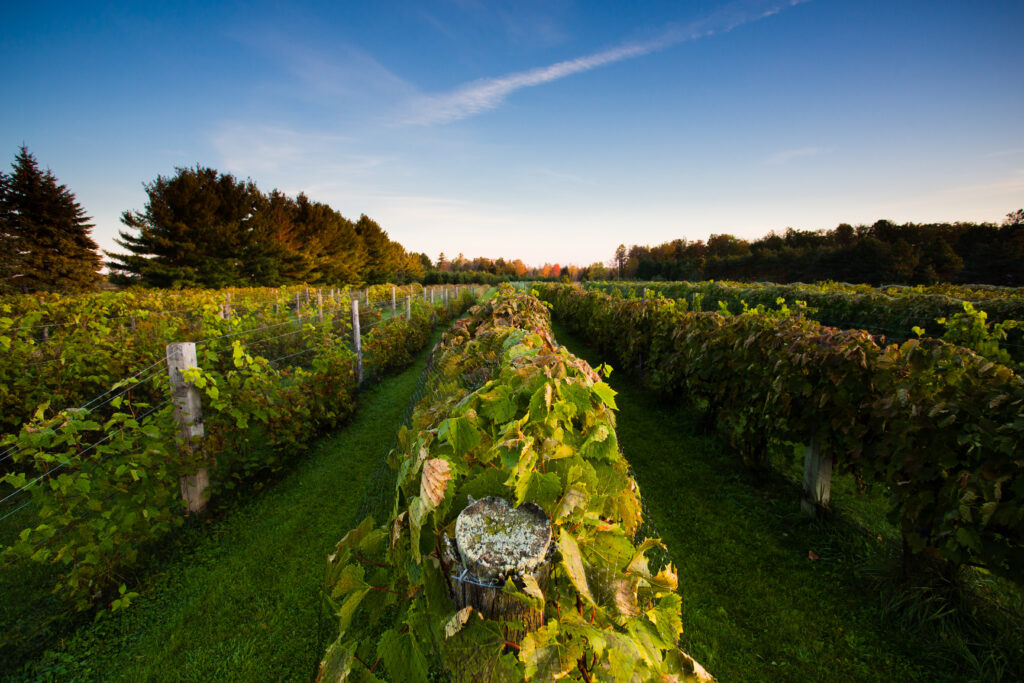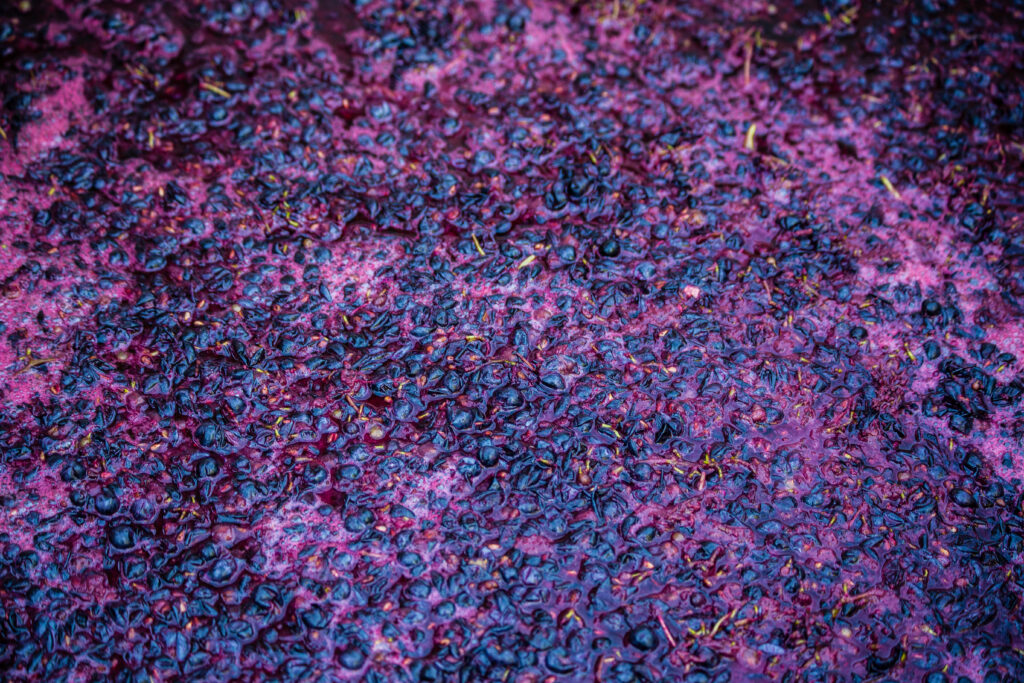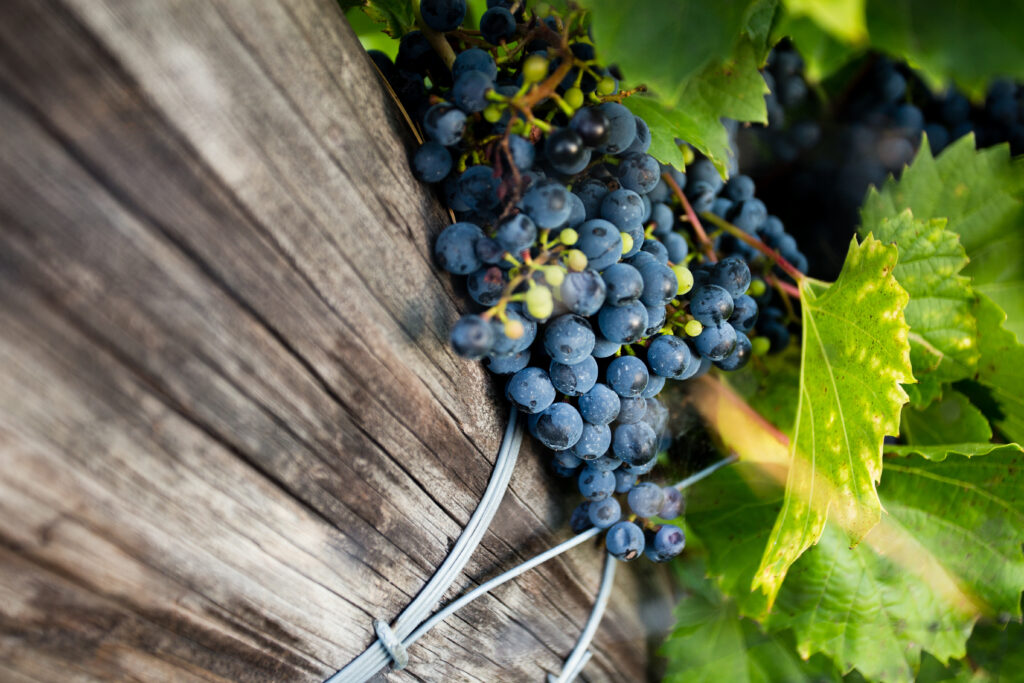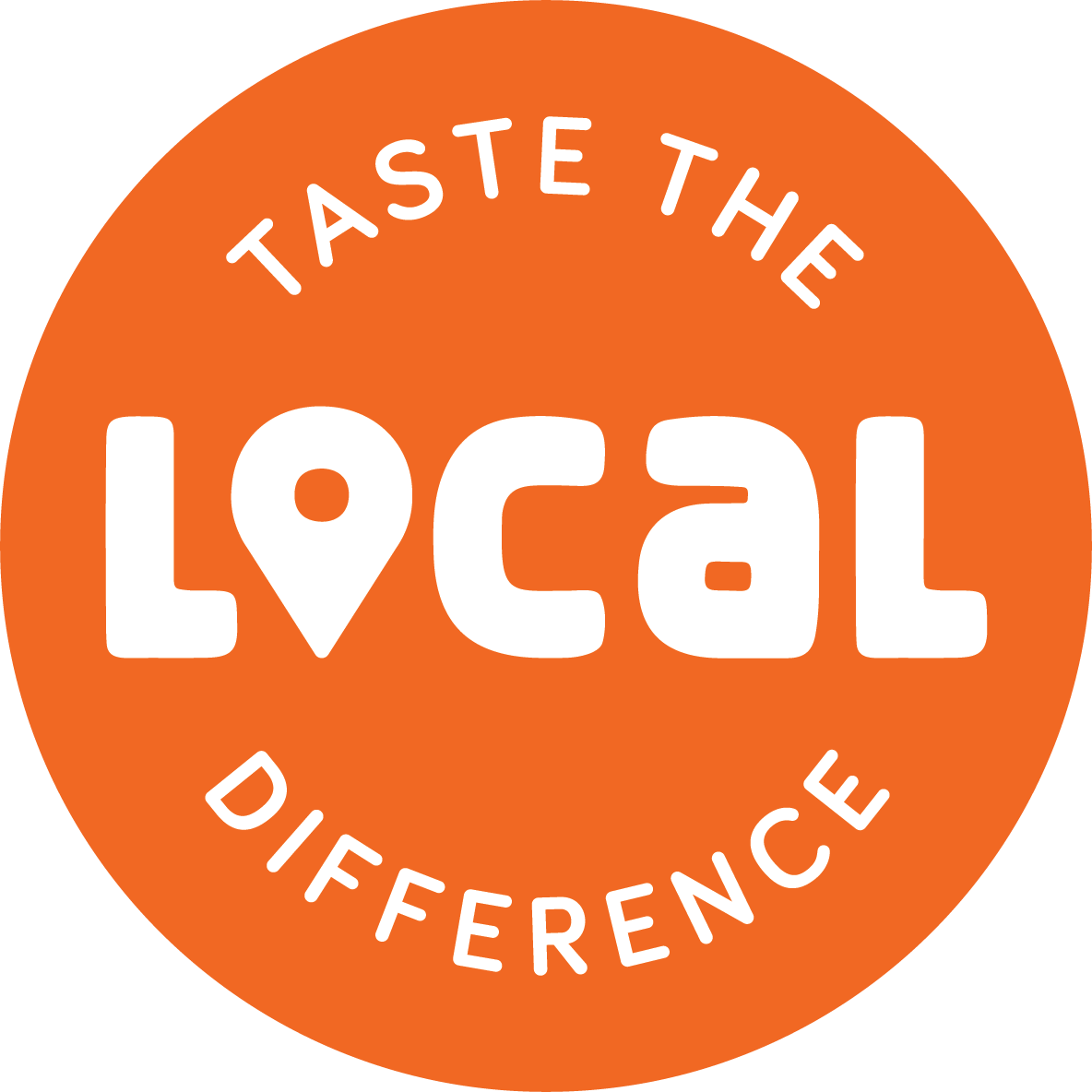May is Michigan Wine Month! Are you sipping something local? This pleasant peninsula is ideal for cool-climate grape growing, producing plenty of Riesling and Pinot Noir with a well-balanced acidity. While wine can be found in every corner of this culinary-focused state, there are 5 distinct AVAs (American Viticultural Areas) that specialize in vino. Plan a wine-focused trip with the Michigan Craft Beverage Council!

Check out what Michigan winery professionals have to say about their corner of the wine world:
Leelanau Peninsula AVA
Situated in the picturesque rolling hills of the Leelanau Peninsula, MAWBY specializes in sparkling wines. Marketing Manager Claire Lepine explains that the soil in the Leelanau Peninsula AVA is perfect for grape growing because of the well-draining soils of its glacial hills and the temperate climate created by the proximity to both Lake Michigan and West Grand Traverse Bay. She explains that the white wines found here are bright, acidic, and perfect for pairing with meals. She also says the red grape, Gamay Noir, is a star on the rise in the region, creating an approachable yet complex wine.
Take Lepine’s advice for tasting while on the Leelanau Peninsula: “Try something new! We grow so many varieties and in so many styles. Don’t be turned off by the words ‘sweet’ or ‘dry’, those terms don’t always reflect what’s in the glass. Try something familiar! But know that a Chardonnay from Michigan isn’t going to taste the same as a Chardonnay from California. And that’s a good thing; you are tasting a place when you drink local wine.” Plan your trip using the Michigan Craft Beverage Council’s Leelanau Peninsula Wine Trail!
Fennville AVA
Jamele Favorite of Modales Wines in Fennville explains that while their AVA is situated inside a larger southwest Michigan AVA, the sandy soils in Fennville are specific to the area. According to Favorite, this soil allows winemakers to create more concentrated flavors, making very specific terroir-focused wines. Favorite lists many grape varietals that can be found thriving in this small but mighty AVA including Cabernet Franc, Pinot Noir, Blaufränkisch, Regent, Riesling, Chardonnay, Gewurztraminer, Pinot Blanc, and last but not least, Pinot Gris.
Jamele recommends that visitors come to the area because of its uniqueness. “It’s easy to lump the Fennville AVA into the Lake Michigan Shore AVA because it literally is [situated in the Lake Michigan Shore AVA],” he says. “But location matters and that’s no different in Fennville. The wines being produced really represent the region.”

Old Mission Peninsula AVA
The tasting room at Mari Vineyards includes panoramic views of vines and the East Grand Traverse Bay reaching out beyond. Bonnie Hardin, Sales and Marketing Coordinator, says that “Riesling remains King on Old Mission Peninsula” and that they produce wines with the varietal from dry to dessert, including sparkling wine. Sandy soils on the peninsula deter the ground from freezing, allowing roots to thrive in a continental climate with a coastal maritime influence. Hardin explains that all Mari vineyards are located on the Old Mission Peninsula and the winemakers there take pride in their estate winery and AVA.
Hardin’s recommendations for visitors? “For those visiting the Old Mission Peninsula Wine Trail, I recommend pacing your visit over a few days to allow yourself time to visit a number of tasting rooms,” she says. “Look for cool-climate varieties like Riesling, Pinot Blanc, Gamay Noir, and Cabernet Franc on each menu and enjoy learning about how each winery grows, harvests, ferments, and ages the grapes in their own unique style.” Be sure to reference the Michigan Craft Beverage Council’s Old Mission Peninsula Wine Trail when planning your trip!
Tip of the Mitt AVA
Many may be surprised to learn that grapes can be grown in the northernmost areas of the state – and are delighted to find an excellent winemaking region in the ‘Tip of the Mitt’! Dustin Stabile, Head of Production at Mackinaw Trail Winery and Brewery, notes that the Tip of the Mitt AVA is enormous and that their corner of it is aided by a microclimate created by Lake Michigan, Walloon Lake, and Lake Charlevoix. While they started growing cold-hardy grapes, they have since successfully expanded into Vinifera varieties, like Riesling, Gruner Veltliner, Blaufränkisch, and Cabernet Franc. Stabile is assured that any visitor headed to the region will be able to taste the distinct terroir of their AVA! Start planning with the Michigan Craft Beverage Council Petoskey Wine Trail.

Lake Michigan Shore AVA
If you head to southwest Michigan, you’ll find the Lake Michigan Shore AVA, aptly named for the body of water that helps make grape growing possible in this region. Amy Birk, Winemaker at Domaine Berrien, describes the soil there as a mix of sand, rock, silt, and loam situated on rolling hills, a geological occurrence due to the glaciers that carved out Michigan itself. In fact, she explains that their farm alone has 5 different soil types, lending complexity and depth to each bottle opened at the winery. While they grow the oft-enjoyed Cabernet Franc, Chardonnay, and Riesling well, they’ve also experienced success with Rhone varietals like Marsanne, Roussanne, and Viognier.
Birk recommends that visitors to the region plan their trip over a weekend. She explains that palate and alcohol fatigue can start to take place, making it difficult to truly taste, if wine-focused tourists try to hit too many wineries in a day. She also recommends considering Spring as a great time to head to the Lake Michigan Shore AVA for one-on-one experiences with wine experts in the area, with Fall being a beautiful but very busy time for local wineries. Lastly, she recommends the Lake Michigan Shore Wine Trail as a great place for practical trip planning, including hours of operation, addresses, and more!
Start Your Journey into Michigan’s Wine Country
Where will you find yourself amongst Michigan’s 3,000+ acres of vines? The Michigan Craft Beverage Council is here to make planning your trip as easy as possible, offering wine trails, transportation recommendations, and more. Start your journey on their website!
Claire Butler is the Content Strategy Specialist for Taste the Local Difference. Contact her at [email protected].
This article was published in partnership with the Michigan Craft Beverage Council.
